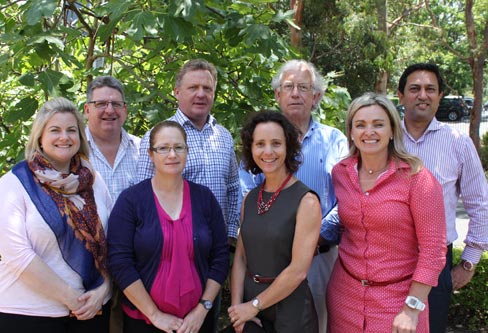- Details
Hummus is a Middle East dip made out of sesame paste, chickpeas, lemon, olive oil and salt. The origin of this recipes is uncertain and many countries have claimed for it.
The chickpea was already cultivated around 7,000 years ago in the Middle East. It is believed that the chickpeas were brought into Europe by the Phoenicians. Certainly the Romans were fans of this blondie and thanks to them it became part of the Iberian diet. Well, that may remain always a mystery but its nutritional benefits are not and thanks to that and to its delicious flavour, hummus is now a big star everywhere.
- Details

The Australian Steering Committee, established in 2014, has been formulating plans and directing activities under each of the four internationally-agreed themes. The focus will be on raising Australia’s profile as a producer of quality pulses while increasing the domestic consumption of pulses to meet the Grains & Legumes Nutrition Council’s recommendation for all Australians to "eat legumes at least 2–3 times a week".
- Details
Taking her inspiration from all around the globe and her love for pulses, Vicky Jones has created a collection of delicious recipes. Over half of them are vegetarian, while the rest make creative use of modest amounts of fish, poultry or meat. Try Moroccan Harira Soup or Cuban Black Bean Soup from the Soups section. Tasty Street Food ideas include Lentil Pancakes with Mint Raita and Brazilian Black-eye Bean and Shrimp Fritters.
- Details

This year's magazine features grower profiles, technical agronomy articles, marketing comment and more reasons why Australians should include more pulses in their diet.
This year's magazine also features a contact directory of Pulse Australia member organisations for the first time.
You can view the complete magazine here.
